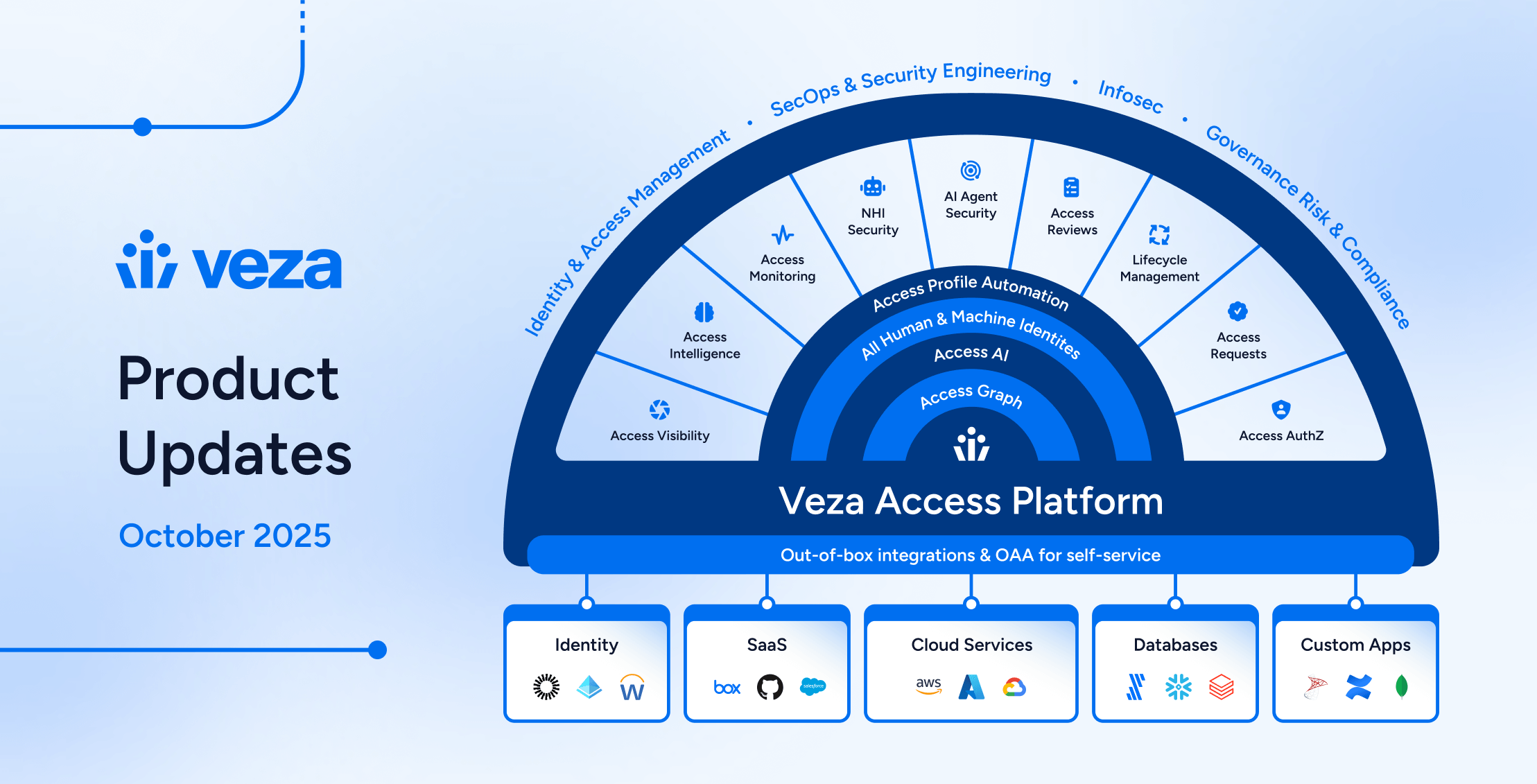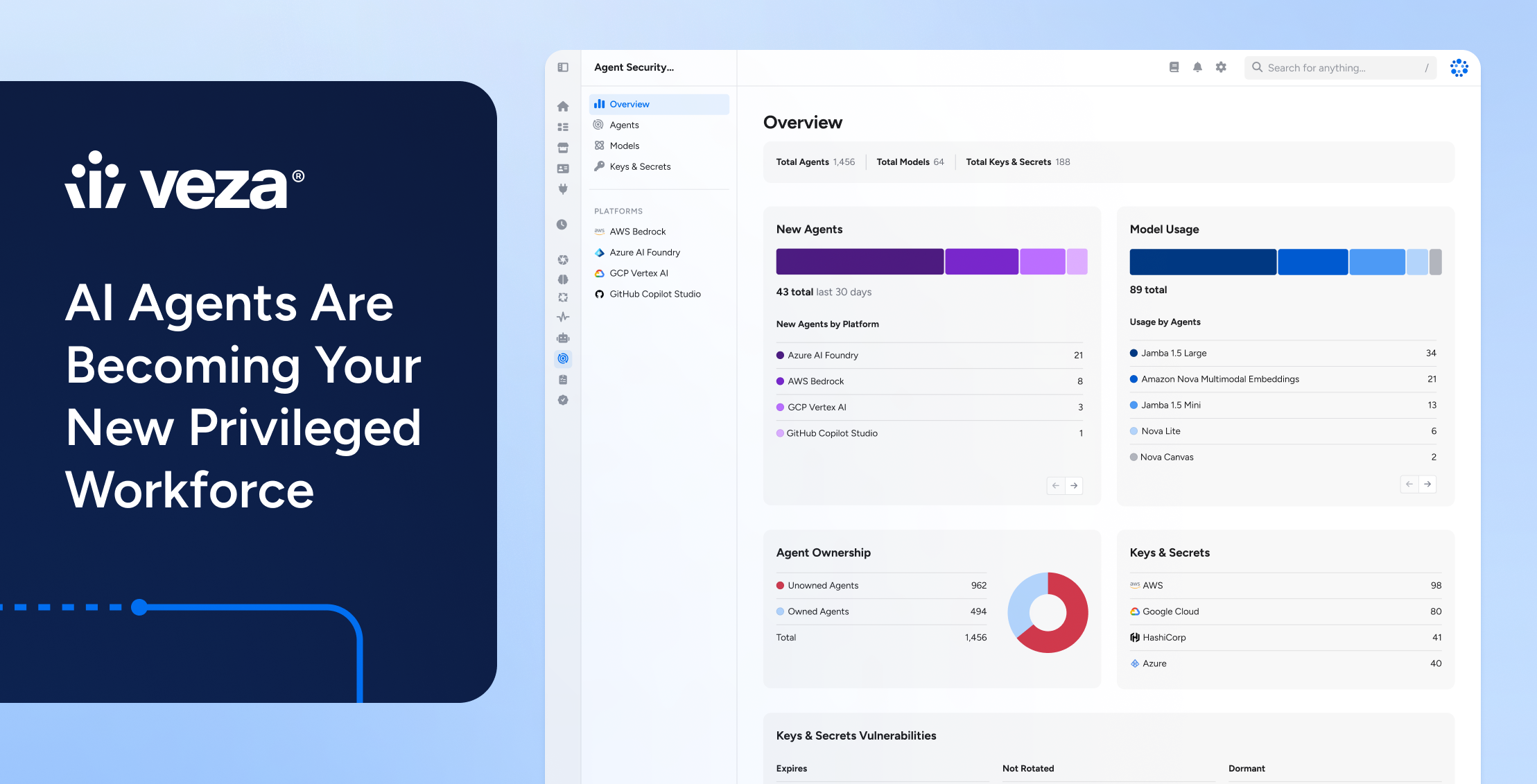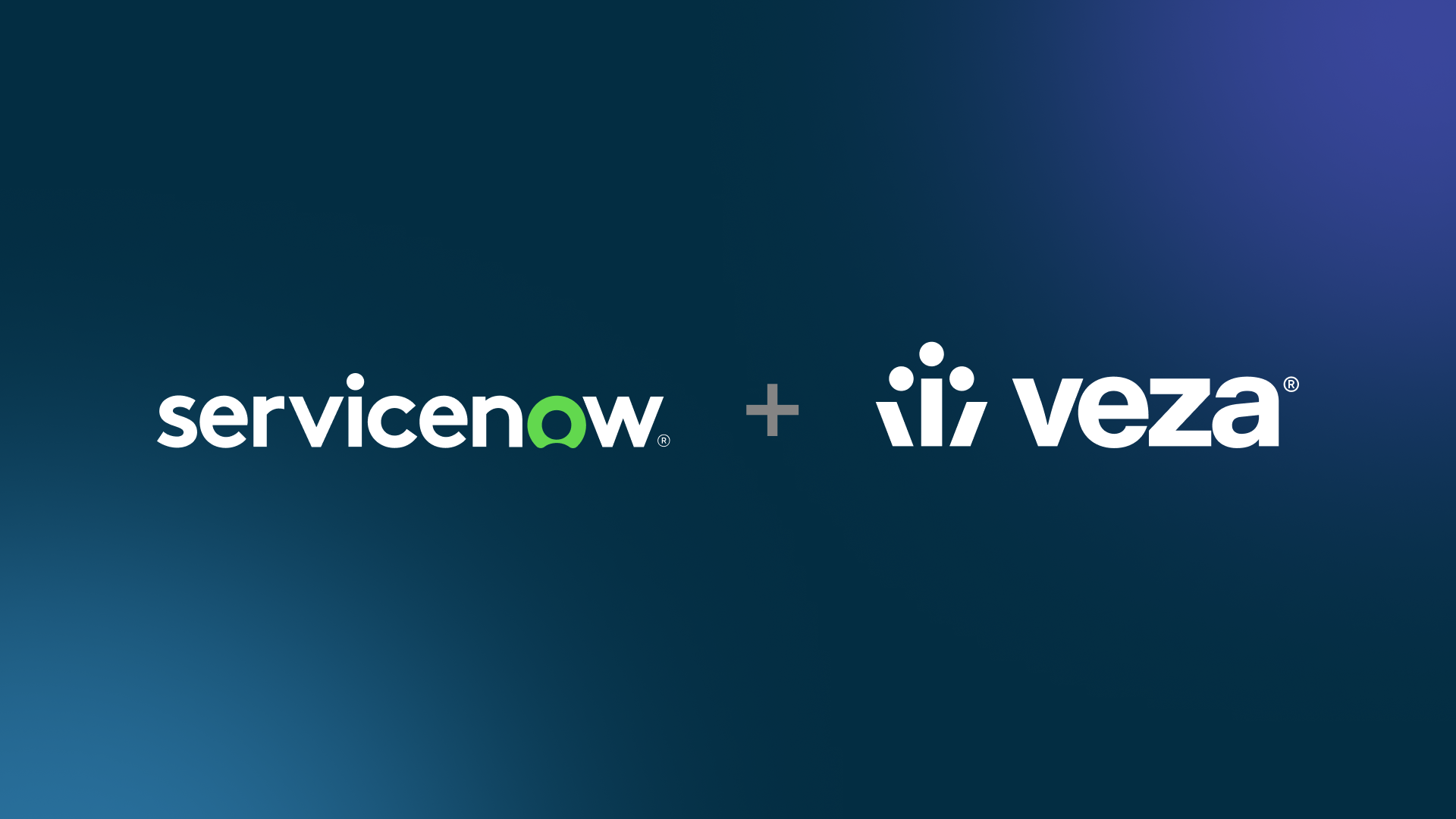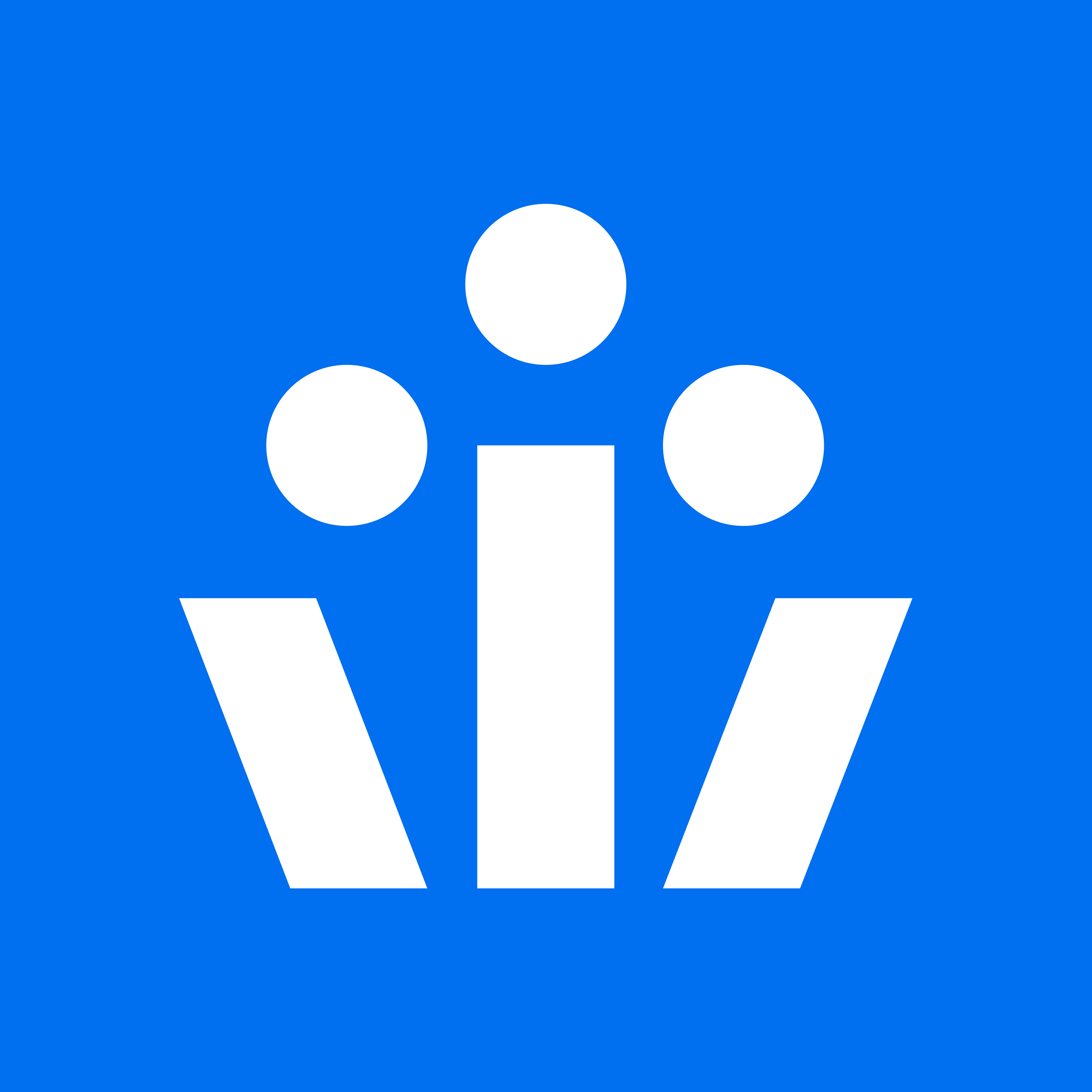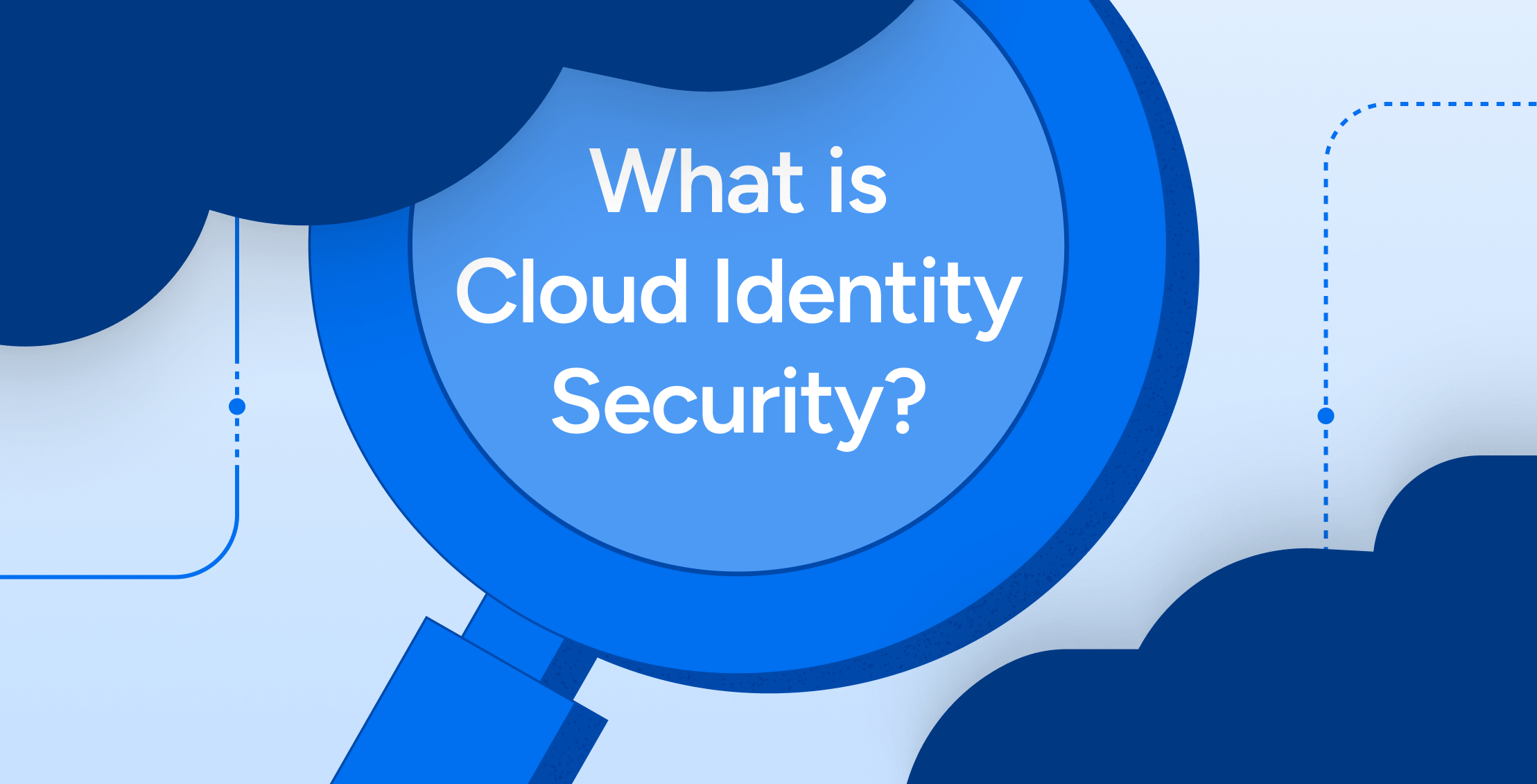
Cloud identity security is changing fast. Identity now defines access in modern cloud environments. Yet many teams still struggle to answer basic questions about identity and access management (IAM), like who has access to what and what they can do with it.
For many, the problem is legacy tooling. Even when companies move to the cloud, they may still rely on identity platforms built for on-premises infrastructure. Those systems can manage users and roles, but they can’t show who can access and act on what data.
Cloud identity security systems replace that gap with clear insight into what identities can do, and practical tools to manage that access across infrastructure, SaaS platforms, and non-human identities alike.
This guide explains what cloud identity security is, why it matters, and how to build an access strategy that actually works. Whether reassessing current tools or starting from scratch, this is the place to begin.
Key Takeaways
- Identity is the new perimeter for cloud security.
- Traditional IAM tools can’t manage access across modern, fast-changing systems.
- Cloud identity security makes it possible for teams to see and control exactly who can access what.
- Veza supports Zero Trust, least privilege, and continuous access monitoring.
What Does Cloud Identity Security Mean?
Cloud identity security is how organizations manage access to cloud systems for both human and non-human identities. That means knowing exactly who can access what, what they can do with that access, and whether it’s still appropriate across employees, contractors, service accounts, APIs, and automation tools.
Every action in the cloud is tied to an identity. Whether it’s a user logging into a SaaS app or a script querying a database, identity drives access. Today, this reality is reflected by the fact that credential misuse is still the top attack vector in 2025.
Unlike traditional identity and access management (IAM) tools that focus on users and roles, identity security focuses on what each identity can actually do. It gives security teams clear, practical control over permissions to align access with actual business needs.
Why Does Cloud Identity Security Exist?
Cloud identity security exists because traditional identity tools were built for a different era. Platforms like Active Directory made sense when infrastructure was on-premises, systems changed slowly, and access was managed through a small set of static user roles.
But modern cloud environments are different. Today’s organizations rely on dozens of SaaS apps, cloud platforms, and automation tools, each with its own identity model.
Modern IAM tools added features like single sign-on and federated identity to improve usability. Now, the Cloud Security Alliance says weak IAM is the top cloud security threat when controls are fragmented across teams and tools. Fortunately, cloud identity security exists to close that gap.
Why Identity-First Security is Important in the Cloud
Cloud transformation has redefined access. Modern organizations depend on cloud infrastructure, SaaS applications, automation tools, and distributed teams to operate. However, these environments are also dynamic.
Systems spin up and down, teams adopt new tools quickly, and non-human identities often outnumber human ones. Most organizations now face new access risks that traditional identity systems were never designed to manage. Yet many teams still rely on static roles, manual reviews, and fragmented controls, even as cloud complexity accelerates.
Identity-first security offers a better approach. It treats identity as the foundation of access to give security teams more visibility into who or what has access, what they can do, and whether that access is appropriate. Identity-first security makes it possible to enforce least privilege and apply Zero-Trust policies through continuous verification.
How Cloud Identity Security Works
Cloud identity security helps teams discover every identity in the environment, assign appropriate permissions, monitor for risk, and respond when something goes wrong. The goal is simple: give each identity only the access it needs and nothing more.
Veza supports this process end-to-end by showing security teams what identities can actually do across cloud infrastructure, SaaS, and data systems and providing the automation tools to act on that insight at scale.
- Identify and Verify Identities
The first step is to find and verify every identity that interacts with cloud systems. This includes:
- Human identities, like employees, contractors, and partners
- Non-human identities, like machine identities, bots, APIs, service accounts, and automated tools
Each identity must be authenticated using secure methods. Most organizations use single sign-on (SSO) and multi-factor authentication (MFA) for human users, and secrets managers for non-human identities.
With a cloud identity security platform like Veza, security teams can map these authentication methods across platforms and quickly spot gaps, like identities without MFA or unmanaged service accounts accessing critical systems.
- Evaluate Access and Assign Permissions
Once verified, security teams evaluate what systems and data each identity can access and whether that access is appropriate. This involves:
- Reviewing the identity’s role or function
- Analyzing contextual signals like login time, device, or location
- Identifying risky or excessive entitlements
With Veza’s Access Graph, teams can see effective permissions across all environments, easily spot least privilege violations, and enforce access policies at scale. Then, they can grant access using:
- Role-based access control (RBAC) to align access with job responsibilities
- Attribute-based access control (ABAC) to grant access based on contextual factors like device or location
- Just-in-time (JIT) access to issue time-bound permissions
- Automated analytics to detect unnecessary or risky permissions
Veza makes these models actionable by automatically analyzing entitlements across identity types and surfacing where access exceeds policy or role intent.
- Enforce Access Control
With permissions defined, organizations apply stronger access control practices to reduce risk. These include:
- Zero Standing Privileges (ZSP) to prevent permanent elevated access
- Privileged Access Management (PAM) to govern sensitive accounts and restrict when and how they’re used
Organizations that use Veza can validate whether these controls are working by seeing exactly how access is used in practice and whether high-risk permissions are unnecessarily active.
- Monitor Continuously
Security doesn’t stop after access is granted. Teams must continuously monitor identity behavior to catch risks early. That includes:
- Logging access attempts and session activity
- Flagging abnormal patterns or policy violations
- Auditing permissions regularly to clean up excessive access
Continuous monitoring is simple with Veza. By tying every identity to its live, effective permissions, Veza provides clear audit trails that can help teams meet standards like NIST SP 800-63B for risk-based identity management.
- Respond to Cloud Identity Security Threats
The response must be swift when risks like credential misuse or suspicious activity are detected. Teams should:
- Revoke access immediately
- Adjust access policies or permissions
- Rotate credentials or trigger automated workflows
- Preserve logs for incident response and audit trails
Incident response is faster and more targeted with Veza showing teams exactly what a compromised identity could do and limiting exposure immediately.
The Difference Between Identity Security, IAM, and Zero Trust in the Cloud
Identity and access management (IAM), identity security, and Zero Trust all help control access in the cloud. But each one addresses a different layer of the problem.
Identity and Access Management (IAM)
IAM manages users, passwords, and roles. It defines who can log in and what they’re allowed to access. These systems handle account creation, provisioning, and group assignments. But once access is granted, IAM often stops short of monitoring how it’s used or whether it’s still appropriate.
Identity Security
Identity security goes further by focusing on what each identity can actually do across systems. It gives security teams visibility into permissions, flags unnecessary or risky access, and supports least privilege enforcement as roles and systems evolve.
Zero Trust
Zero Trust assumes no user, device, or session is trusted by default. Every request must be verified in real time based on who’s making it, what they’re doing, and whether the behavior fits expected patterns. It reduces risk by treating every action as potentially unsafe until proven otherwise, and is even recommended in NIST SP 800-207A.
Identity Zero Trust
Identity Zero Trust applies Zero Trust principles directly to access. It combines identity governance (who should have access and under what conditions) with real-time monitoring to validate how access is actually used. It’s what makes Zero Trust policies possible to enforce at scale in dynamic, cloud-based environments.
Benefits of Comprehensive Cloud Identity Security
Cloud identity security helps organizations see, control, and manage access across every system. It improves visibility, enforces least privilege, and streamlines processes for a stronger identity security posture, faster operations, and better outcomes for users and teams.
Key benefits of cloud identity security include:
- Better visibility: See who has access, what they can do, and how that access changes over time across human and non-human identities, cloud infrastructure, SaaS apps, and data systems.
- More access control: Shift from static roles to permission-aware policies so each identity gets only the access it needs and nothing more.
- Reduced risk: Detect unnecessary access, flag unusual behavior, and cut exposure to over-permission before it causes a breach.
- Greater operational efficiency: Automate provisioning, access reviews, and policy enforcement to reduce friction for IT teams and end users.
- Compliance readiness: Maintain detailed access logs and histories to meet requirements for GDPR, HIPAA, SOC 2, PCI DSS, and other frameworks.
- Faster access for developers and teams: Eliminate bottlenecks and delays with the right access at the right time, without compromising security.
Cloud Identity Security Challenges
Cloud identity security improves visibility, enforces least privilege, and simplifies identity workflows. But it also brings new technical and operational challenges that organizations must address head-on.
Cloud Identity Threats and Exploits
Cloud environments are frequent targets for identity-based attacks. Threat actors often exploit weak access controls or stolen credentials to move laterally or escalate privileges.
Common methods include:
- Credential theft via phishing, password reuse, or brute-force attacks
- OAuth token hijacking to bypass authentication
- Golden SAML attacks that forge authentication tokens
- Privilege escalation through misconfigurations
- Misconfigured IAM policies that grant excessive access
According to the OWASP Cloud-Native Security Top 10, improper authentication and authorization are among the most critical risks in modern environments. These threats succeed when organizations lack real-time visibility or fail to proactively limit permissions.
Cloud Identity Operational Challenges
Even without a breach, poor access management introduces risk. Common operational challenges with cloud identity security include:
- Too many platforms: Each cloud provider uses different identity models, making consistent access control difficult
- Over-permissioning: Identities often retain more access than needed, leading to permission sprawl
- Decentralized management: Teams manage access in silos, creating drift and reducing oversight
- Limited visibility: Many teams can’t answer who has access, what they can do, or if it’s still appropriate
- Speed vs. control: Teams need fast access, but manual processes slow security review–without automation, everyone loses
Most security teams cite limited cloud expertise (56%) and multi-cloud complexity as key barriers to effective identity management. Cloud identity security can help, but only when paired with clear ownership, consistent practices, and visibility across all systems.
Key Considerations for Evaluating Cloud Identity Security Vendors
Choosing the right cloud identity security vendor means finding a solution to manage access across all identities, systems, and environments. The best platforms provide real-time visibility into effective permissions, enforce least privilege across complex systems, and support policy-driven governance at scale.
Veza was purpose-built for this moment. Where traditional IAM and IGA tools stop at users and groups, Veza keeps going, mapping identities to their true, system-specific access across SaaS apps, cloud infrastructure, on-premise systems, data lakes, and even AI workloads.
Core Capabilities
Every effective platform should offer:
- Multi-factor authentication (MFA) for human and non-human identities
- Single sign-on (SSO) and federated identity for centralized access
- Fine-grained access control based on roles and real permissions
- Automated access reviews to remove excessive or outdated access
- Audit logging and threat detection across environments
These features align with recent best practices from CISA and NSA and form the foundation of secure access management. Veza delivers all these capabilities and more with agentless, read-only integrations across 200+ systems and platforms, including AWS, Snowflake, GitHub, Salesforce, and custom apps. Its Access Graph ingests and organizes identity metadata to continuously answer the question: Who can take what access to which data?
Advanced Features
Leading solutions go further with:
- Zero Standing Privileges (ZSP) to eliminate long-term elevated access
- Cloud-native PAM for time-bound access to sensitive systems
- Identity analytics to surface risky or unused permissions
- Policy automation for consistent, scalable enforcement
- Integrations with tools for detection, response, ticketing, and compliance
Veza comes with built-in access intelligence, customizable alert rules, risk heatmaps, and API-first automation. It continuously monitors whether identities use the access they’ve been granted and helps security teams remove access that’s no longer needed. Whether securing human access or governing non-human identities in your AI stack, Veza supports enforcement at every layer.
Key Questions to Ask
When comparing vendors, focus on practical fit:
- Does it manage both human and non-human identities?
- Can it show real-time effective permissions across environments?
- Is it compatible with AWS, Azure, Google Cloud, and major SaaS apps?
- Can it automate reviews, certifications, and deprovisioning?
- Will it reduce manual effort without sacrificing visibility or control?
Only Veza checks every box. With a purpose-built identity security platform, native graph analytics, and enterprise-grade automation, Veza helps teams enforce least privilege, respond to identity risks, and stay audit-ready, without guesswork or gaps.
Take Cloud Identity Security to the Next Level
Cloud identity security starts with clear visibility into effective permissions. Security teams need to see which identities (human or non-human) can access sensitive systems, what actions they can take, and whether that access is still appropriate. Without that clarity, it’s nearly impossible to manage risk, let alone scale.
Veza gives teams that visibility. Its Access Graph reveals exactly who can read, write, delete, or configure resources across platforms like AWS, Google Cloud, Salesforce, and Snowflake. That insight makes it easier to take action and reduce manual effort. And with automated access reviews, provisioning, and deprovisioning for all identities, teams can address risks before they escalate.
Next Steps to Secure Your Cloud Identities:
- Explore how AI is redefining cloud access with Veza Access AI.
- Learn more about the challenges and solutions for governing service accounts, APIs, and other non-human identities.
- Ready to simplify cloud identity security? Book a demo with Veza today.
About the Authors
Rob Rachwald
VP of Marketing, Veza
LinkedIn
Rob Rachwald leads marketing at Veza, bringing more than two decades of cybersecurity experience across some of the industry’s most respected names. He’s held leadership roles at Palo Alto Networks, FireEye, Imperva, and RedOwl Analytics—playing a direct role in category creation, IPO readiness, and successful acquisitions. Known for building high-impact messaging and go-to-market strategies from the ground up, Rob has helped companies like Secdo, ScaleFT, and ShieldX reach the finish line. At Veza, he’s focused on shaping how organizations understand and act on access, especially in a world driven by SaaS, AI, and machine identities. Offline, you’ll usually find him trading industry war stories or coaching up-and-coming marketers on how to turn signal into strategy.
Mariah Brooks (Contributing Writer)
Senior Content Writer, Tech Talk Write
LinkedIn
Mariah Brooks is a cybersecurity writer and content strategist trusted by brands like PwC, Microsoft, T-Mobile, SentinelOne, and TechTarget. At Tech Talk Write, she specializes in crafting clear, engaging narratives that connect with engineers and executives alike, turning complex technical topics, such as identity security, GRC, and AI governance, into relatable content. Her work blends clarity with depth, helping enterprise security teams tell stories that resonate and drive action, as she is a firm believer that great writing starts with listening.

